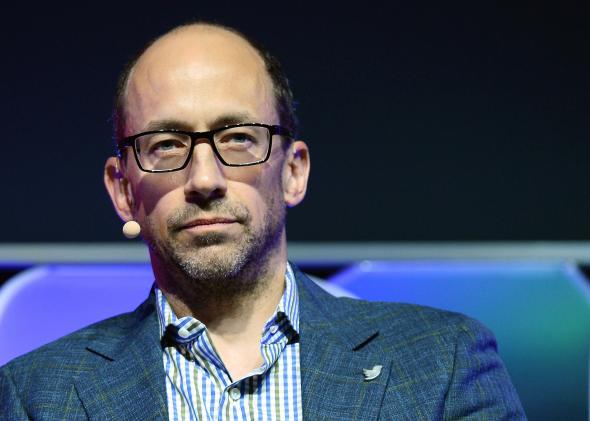The departures of Twitter high-ups have ticked off steadily this year. Michael Sippey, vice president of product. Doug Bowman, creative director. Chris Fry, senior VP of engineering. Ali Rowghani, chief operating officer. Chloe Sladden, head of North American media. Vivian Schiller, head of news. Most recently, Jeremy Gordon, VP of engineering. Go back further and the list stretches on.
Turnover is a given at most startups, but the changes at Twitter have continued at a startling pace since it went public exactly one year ago. At least one of these departures—Rowghani’s—has been attributed to clashes with Twitter CEO Dick Costolo. Others, at both the management and staff levels, have been chalked up to general confusion and frustration at the company. That’s all unfortunate for Costolo, who was appointed as CEO in 2010 in part to stabilize Twitter’s management after a fairly public power struggle between two of its founders.
Behind Twitter’s departures and frustration might be an identity crisis. The Wall Street Journal reported Thursday that current and former Twitter employees describe Costolo as someone who “bounces from one idea to the next,” and that people close to the CEO feel his vision for the company has grown scattered since the IPO. In recent years, Costolo has talked about Twitter as a “global town square,” an “indispensable companion to life in the moment,” and “the world’s largest information network.” As his blueprint has changed, so has his business plan; the latest push has been to expand Twitter beyond its core active users.
Since its public debut, Twitter has lost about 10 percent of its value, falling to just over $40 a share. When the customary post-IPO lockup period ended in May, the stock crashed 17.8 percent as some of its largest early investors dumped their shares. At the same time, a slowing rate of growth in Twitter’s monthly users and timeline views has caused some analysts and media outlets to write off Twitter as a stagnating company. Others have criticized Twitter for becoming too much like Facebook.
Slate’s Will Oremus has already made the opposing case on both of these points: that Twitter is not dying, and that it will never be like Facebook. On the other hand, Twitter distancing itself from Facebook is not the same as Twitter solidifying its own identity. The big questions it’s reportedly toying with—should it give up on the reverse chronological feed? Use an algorithm?—could move its product in several different directions. At just one year old in the corporate world, it’s not necessarily bad that Twitter doesn’t have all these things hammered out. But one year is also a good point to reflect. And if it turns out that identity questions are behind most of the unrest and turnover at the company, they need to be resolved sooner rather than later.
